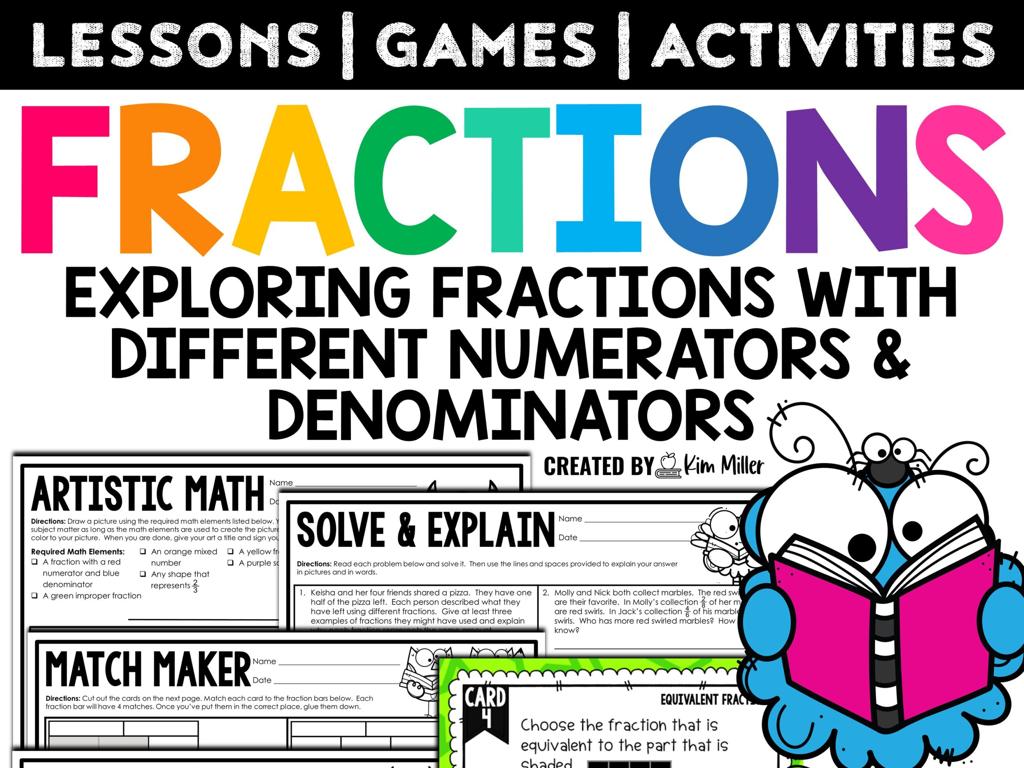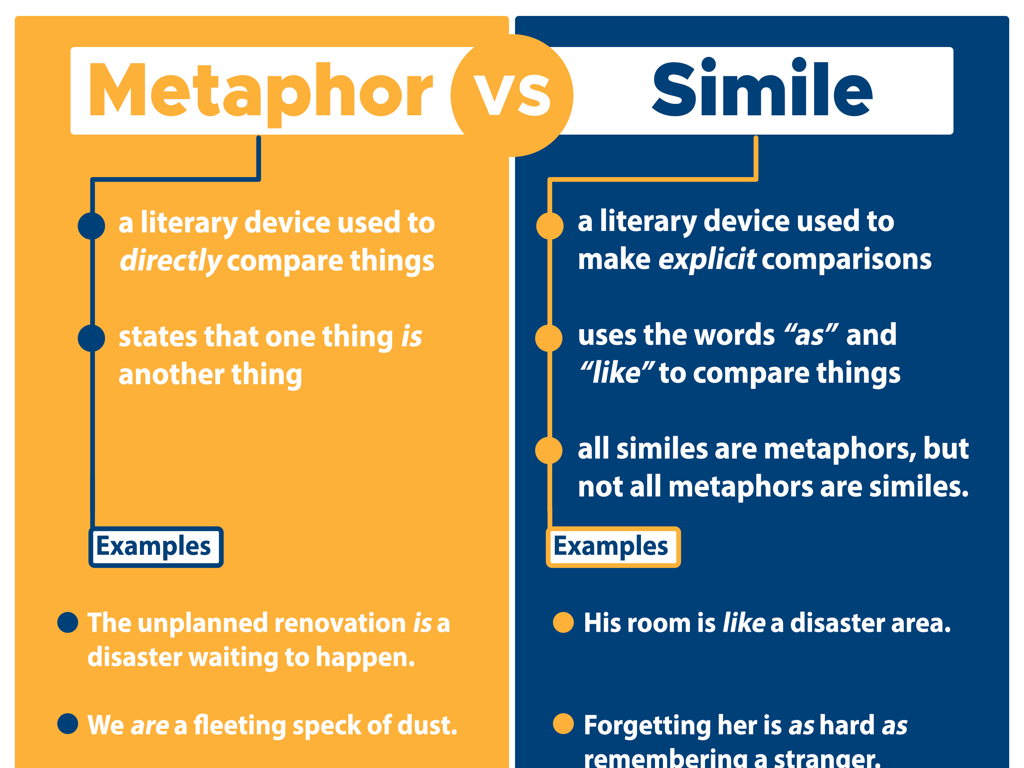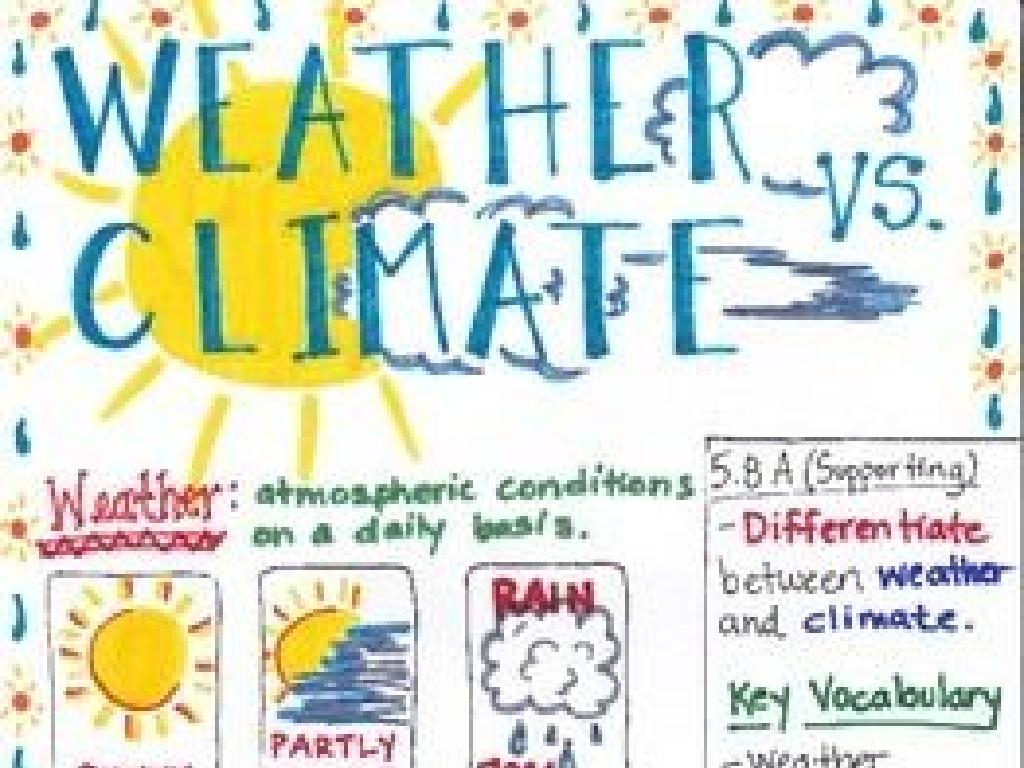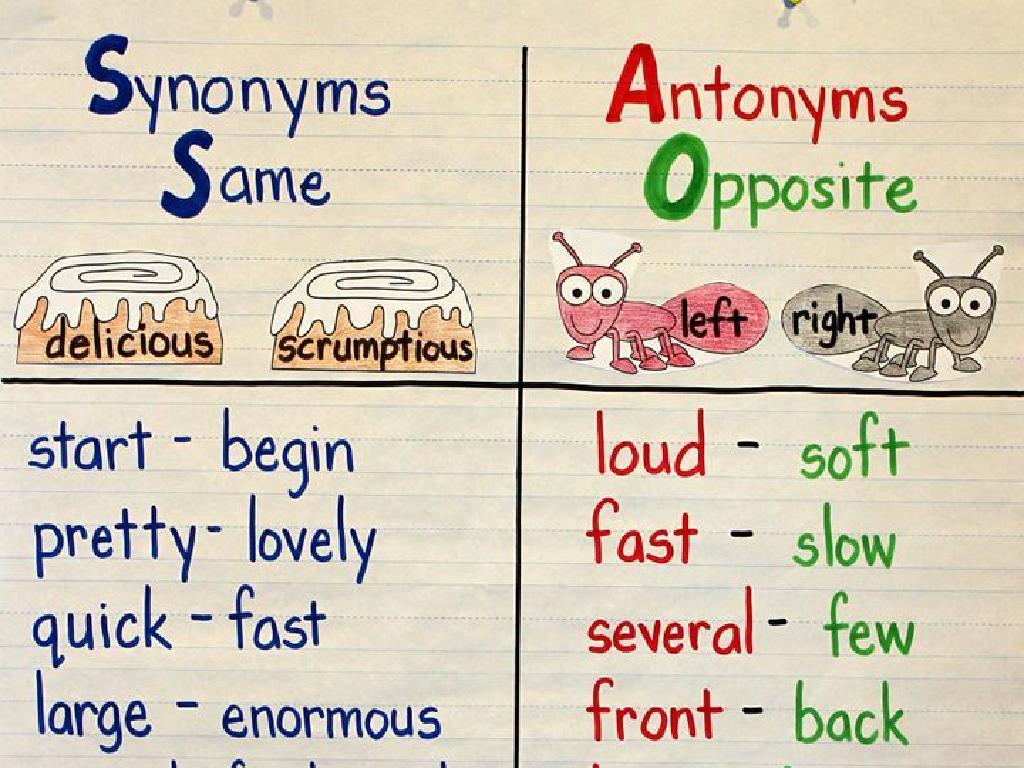Customary Unit Conversions Involving Fractions And Mixed Numbers
Subject: Math
Grade: Sixth grade
Topic: Units Of Measurement
Please LOG IN to download the presentation. Access is available to registered users only.
View More Content
Understanding Customary Units of Measurement
– What are units of measurement?
– Reasons for unit conversion
– To compare, calculate, or communicate measurements effectively
– Types of customary units
– Length (inches, feet, yards), weight (ounces, pounds), volume (cups, pints, quarts, gallons)
– Converting with fractions & mixed numbers
– Use multiplication or division to scale values up or down, e.g., 1/2 foot = 6 inches
|
This slide introduces students to the concept of units of measurement in the customary system, which is commonly used in the United States. It explains why conversion between different units is necessary for example, when following a recipe or measuring for construction. The slide also provides an overview of the main types of customary units for length, weight, and volume. Emphasize the importance of understanding how to convert between these units using fractions and mixed numbers, as this skill is essential for real-life applications. Provide examples and practice problems to help students grasp the concept of conversion.
Customary Units of Length
– Inches, Feet, Yards, Miles
– Relationship between units
– 12 inches in a foot, 3 feet in a yard, 1760 yards in a mile
– Object measurement examples
– Pencil (inches), hallway (feet), football field (yards), city to city (miles)
– Conversion practice
– Convert 5 1/2 yards to feet, or 3 3/4 miles to yards
|
This slide introduces students to the customary units of length used in the United States, including inches, feet, yards, and miles. It’s crucial to explain how these units are related to each other, with 12 inches making up a foot, 3 feet making up a yard, and 1760 yards making up a mile. Provide relatable examples for each unit, such as a pencil measured in inches, a hallway in feet, a football field in yards, and the distance between cities in miles. Encourage students to think of other examples. Conclude with a conversion practice to solidify their understanding, using fractions and mixed numbers to challenge their skills. This will prepare them for real-life situations where they need to convert between different units of length.
Customary Units of Weight: Ounces, Pounds, and Tons
– Understanding ounces, pounds, tons
– Smallest to largest: ounces < pounds < tons. Think of a feather (ounce), a textbook (pound), and a car (ton).
– Compare weights of everyday items
– A pencil weighs about an ounce, while a loaf of bread is about a pound.
– How to convert ounces to pounds
– 16 ounces make 1 pound. To convert, divide the number of ounces by 16.
– Practice with real-world examples
– Convert 32 ounces to pounds or 3 pounds to ounces for practice.
|
This slide introduces students to the customary units of weight commonly used in the United States. Start by explaining the relative sizes of ounces, pounds, and tons, using relatable objects to help students visualize the differences. Discuss and compare the weights of common items to give a practical understanding of these units. Teach the conversion method between ounces and pounds, emphasizing the importance of the number 16 as the conversion factor. Provide real-world examples for students to practice converting between these units, reinforcing their understanding of the concept. Encourage students to bring examples of items and their weights for the next class to create a collaborative learning experience.
Customary Units of Volume
– Explore fluid ounces, cups, pints, quarts, gallons
– Smallest to largest: fluid ounces, cups, pints, quarts, gallons
– Volume’s role in cooking and daily life
– Measuring ingredients for recipes or fuel for cars
– Understand unit relationships
– 8 fluid ounces in a cup, 2 cups in a pint, and so on
– Convert between volume units
– Use multiplication or division to convert (e.g., 3 quarts to pints)
|
This slide introduces students to the customary units of volume commonly used in the United States, emphasizing their application in cooking and everyday life. Begin by explaining each unit of volume and their order from smallest to largest. Discuss practical examples where these measurements are used, such as in recipes or when filling up a car with gasoline. Highlight the relationship between the units, such as how many fluid ounces are in a cup, to build a foundation for understanding conversions. Finally, demonstrate how to convert between units using multiplication or division, providing students with a method to calculate volume in different units. Encourage students to bring examples from their experiences and to practice conversions as homework.
Converting Units with Fractions
– Purpose of fractions in measurements
– Fractions represent smaller parts, making precise measurements possible.
– Steps for unit conversion with fractions
– 1. Identify the conversion factor; 2. Multiply by the fraction; 3. Simplify if needed.
– Example: Inches to feet conversion
– Convert 15 inches to feet using 1 foot = 12 inches. 15 inches * (1 foot / 12 inches) = 1 1/4 feet.
– Practice with real-world problems
|
This slide introduces students to the concept of using fractions in unit conversions, which is essential for precise measurements in various real-world applications. Begin by explaining why fractions are necessary for measurements, such as when a full unit is too large for the quantity being measured. Then, outline the steps to convert units using fractions, emphasizing the importance of knowing the conversion factors and how to multiply fractions. Use the example of converting inches to feet to illustrate the process, and encourage students to simplify their answers. Finally, prepare some real-world problems for the students to practice, which will help solidify their understanding of the concept.
Converting Units with Mixed Numbers
– Understanding mixed numbers
– Mixed numbers combine whole numbers and fractions, used in measurements
– Conversion method for mixed numbers
– To convert, multiply the whole number by the conversion factor and add the fraction part
– Example: yards to feet and inches
– Convert 3 1/2 yards to feet and inches (1 yard = 3 feet)
– Practice with real-world problems
|
This slide introduces students to the concept of mixed numbers in the context of measurement conversion. Begin by explaining what mixed numbers are and how they appear in measurements. Demonstrate the method for converting mixed numbers by separating the whole number from the fraction and converting each part before recombining. Use the example of converting 3 1/2 yards into feet and inches to illustrate the process. Provide additional real-world problems for students to practice, ensuring they understand both the concept and the conversion method. Encourage students to ask questions and work through problems together.
Practice: Converting Customary Units
– Solve conversion problems together
– Apply conversions to real-world scenarios
– For example, converting recipes or measuring for carpentry
– Pair up for group activity
– Each pair receives different measurement problems
– Discuss solutions and methods
|
This slide is designed to reinforce students’ understanding of converting customary units involving fractions and mixed numbers through practice problems. Start by solving a few problems as a class to demonstrate the process. Then, provide real-world scenarios where these conversions are applicable, such as cooking or building, to illustrate their importance. Organize the class into pairs and distribute different sets of conversion problems for them to work on together, fostering collaboration and peer learning. After the activity, regroup and discuss the various solutions and methods used by the pairs, allowing students to learn from each other’s approaches. Prepare 4-5 different sets of problems to accommodate the varying levels of difficulty and ensure that each pair has a unique set to solve.
Class Activity: Measurement Scavenger Hunt
– Find and measure classroom items
– Record measurements in various units
– Convert measurements with fractions
– For example, convert 1/2 foot to inches
– Discuss conversions as a class
– Share findings and methods used for conversion
|
This interactive activity encourages students to apply their knowledge of customary unit conversions in a fun and engaging way. Students will search for items in the classroom to measure, such as a book, desk, or window. They should record these measurements in different units (e.g., inches, feet, yards). Then, they will practice converting these measurements using fractions and mixed numbers. For instance, if a book is 1/2 foot long, they should convert this measurement to inches. After the activity, gather the class to discuss their findings, the conversion process, and any challenges they faced. This will help reinforce their understanding of unit conversions and provide an opportunity for peer learning. Prepare a list of 4-5 different items for students to measure to ensure a variety of examples. Also, have conversion charts available for reference.
Conclusion & Homework: Mastering Unit Conversions
– Recap: Customary unit conversions
– Why conversion skills matter
– Conversions are vital for recipes, construction, and more
– Homework: Conversion worksheet
– Complete the provided worksheet on unit conversions
– Practice makes perfect
– Keep practicing to improve your conversion skills
|
As we wrap up today’s lesson, it’s crucial to review the key concepts of converting between different customary units, especially when dealing with fractions and mixed numbers. Emphasize the real-world applications of these skills, such as in cooking or measuring materials for a project. For homework, students are assigned a worksheet that will reinforce their understanding through practical examples. Encourage them to practice regularly, as proficiency in unit conversions is a valuable tool in many aspects of life. The worksheet should be designed to cater to a range of difficulties, ensuring that all students can engage with the material at an appropriate level.






